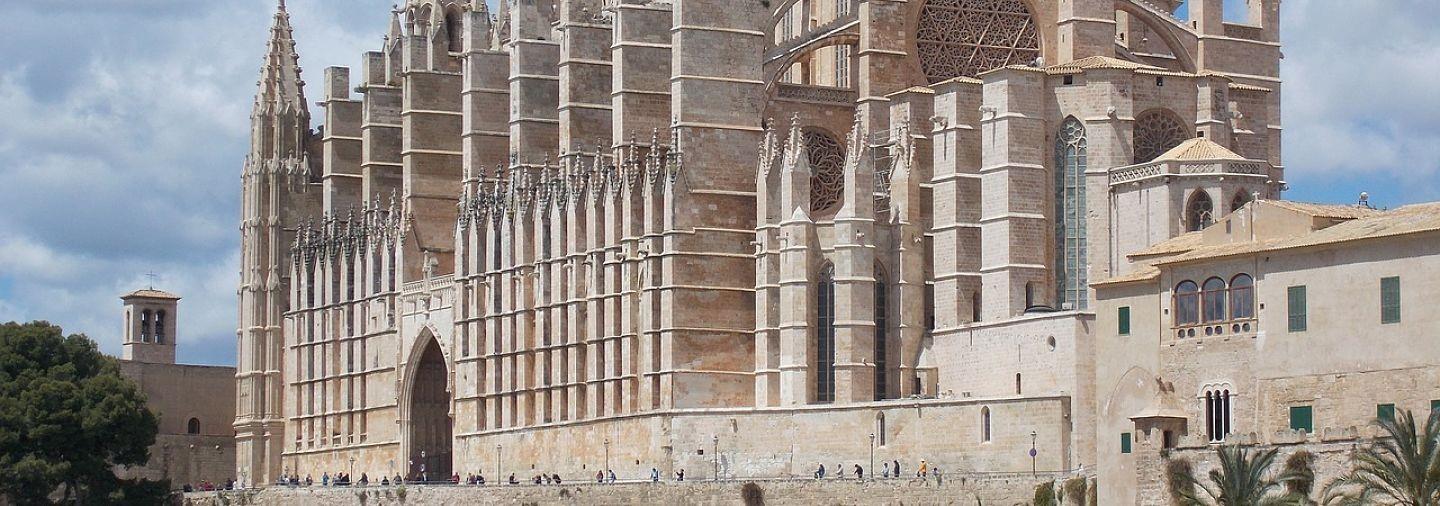
Book with us! We collaborate with the best guides in the city to offer the best services at the best price.
Cathedral of Palma de Mallorca Tour with Tickets
Have you visited the Cathedral of Mallorca? This temple was built on the site of a former Arab Mosque which every year draws thousands of tourists to it. Do you want to sign up on this tour and visit it?
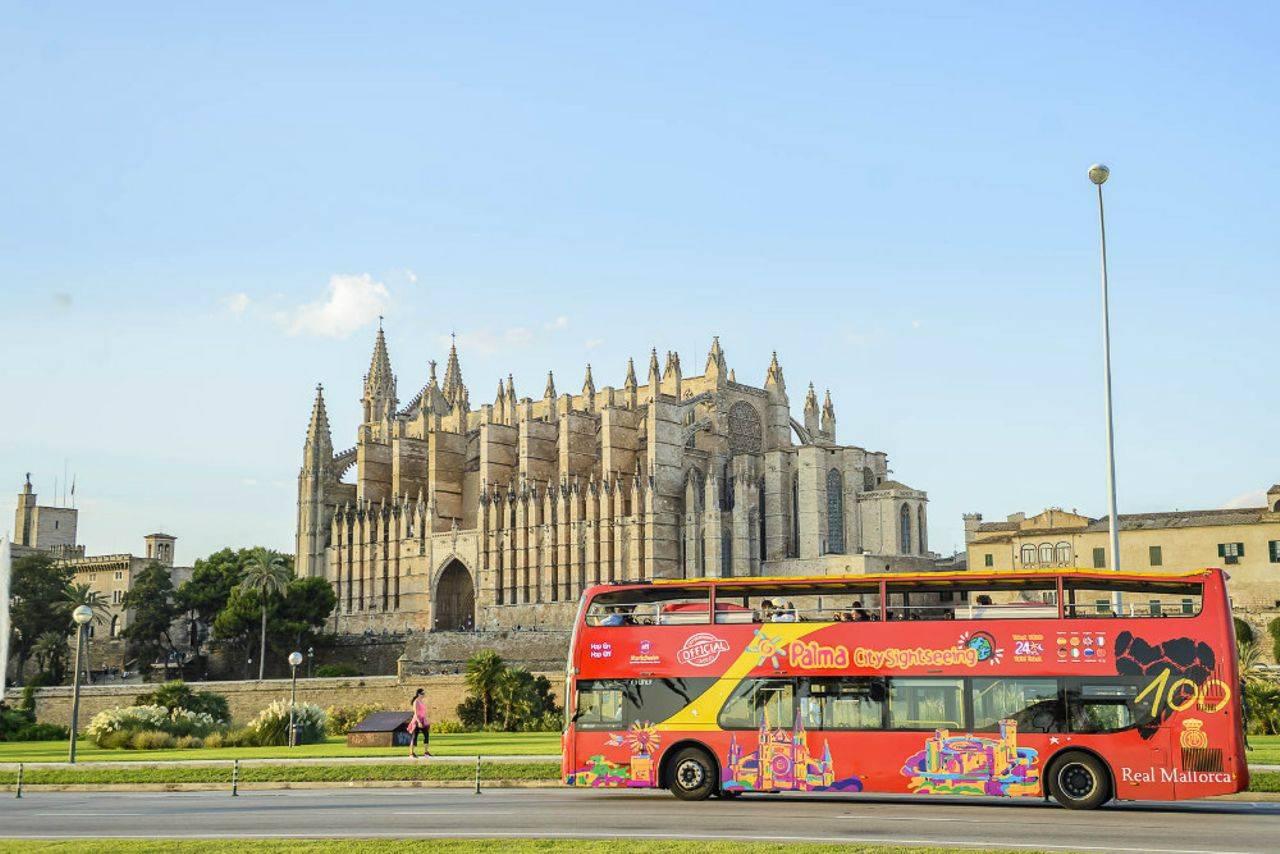
Book with us! We collaborate with the best guides in the city to offer the best services at the best price.
Hop On Hop Off Palma de Mallorca
Discover the attractive city of Las Palmas de Gran Canaria from a privileged point of view with the red open-top double-decker tourist buses. You sign up?
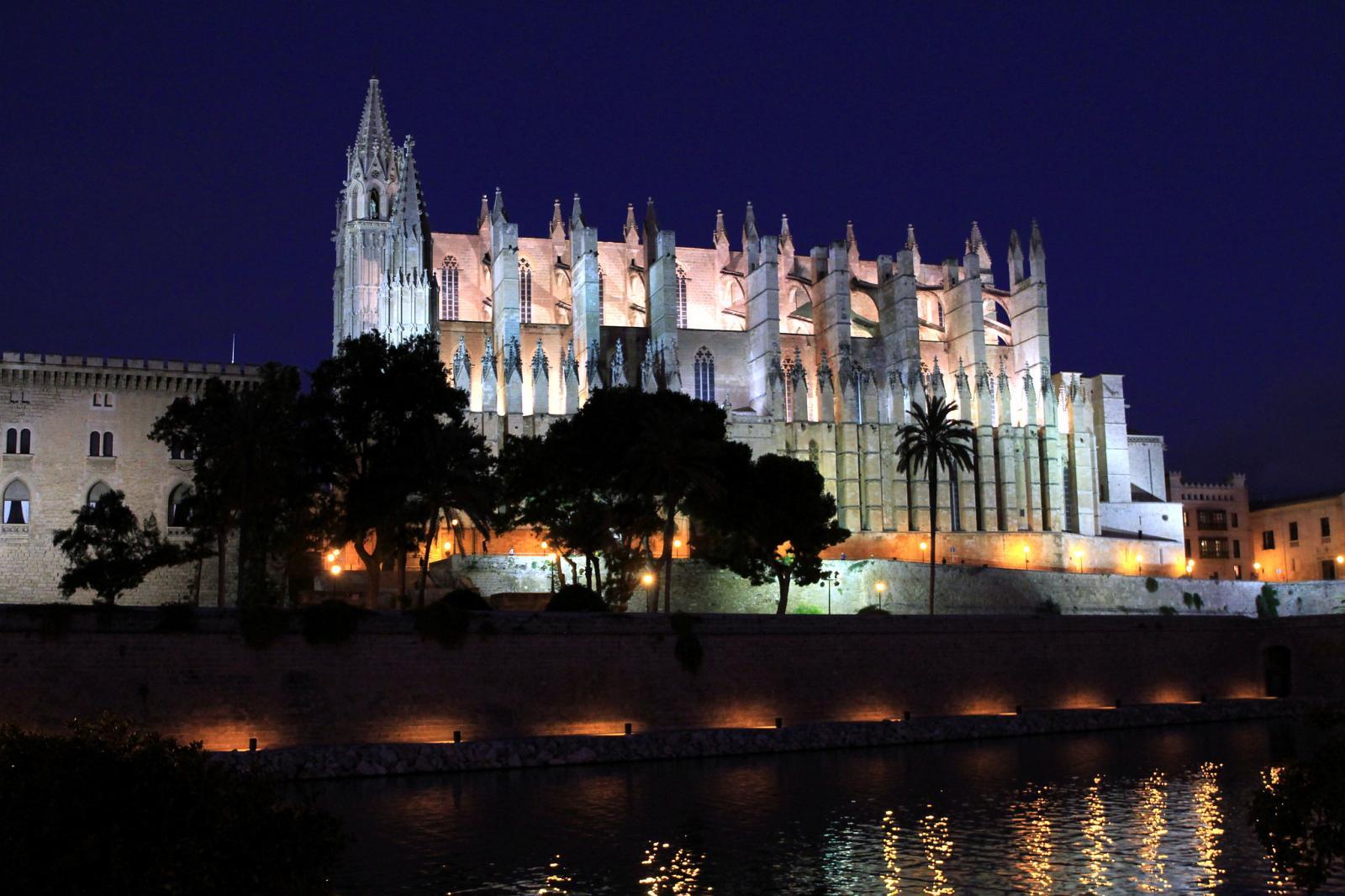
Book with us! We collaborate with the best guides in the city to offer the best services at the best price.
Palma de Mallorca Street Escape
Tour the center of Palma by your own and play in an outdoors escape room. Get to know its past, the most surprising curiosities and its legends to solve the case.
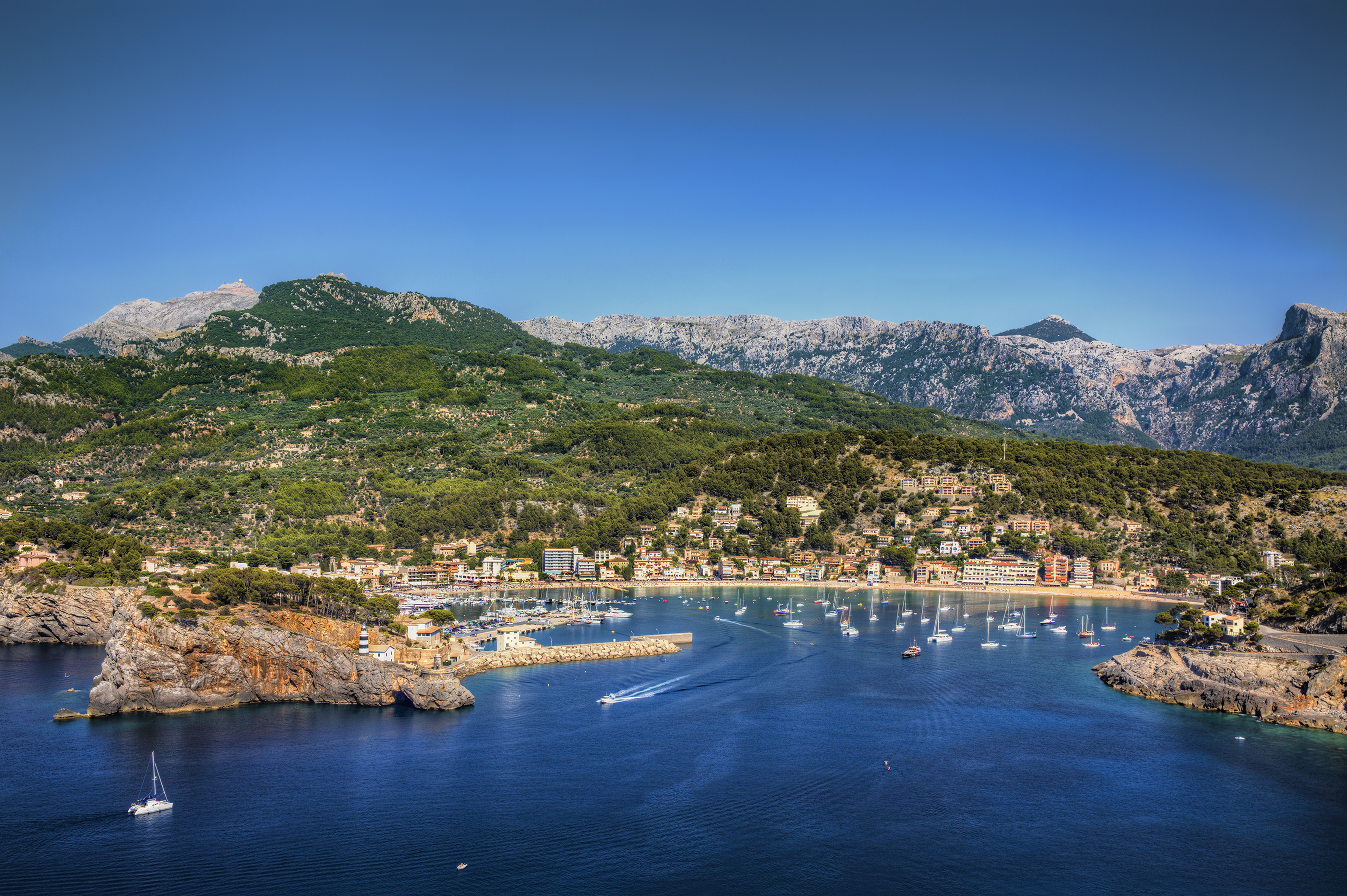
Book with us! We collaborate with the best guides in the city to offer the best services at the best price.
Private excursion to Valldemossa & Soller
This excursion runs through the mountains of the Sierra de Tramuntana, where some of the most beautiful villages and farmhouses you will ever see are hidden, places full of magic, resisting the passing of the centuries, and its privileged location in front of the sea, sculpts a fairytale scenery.
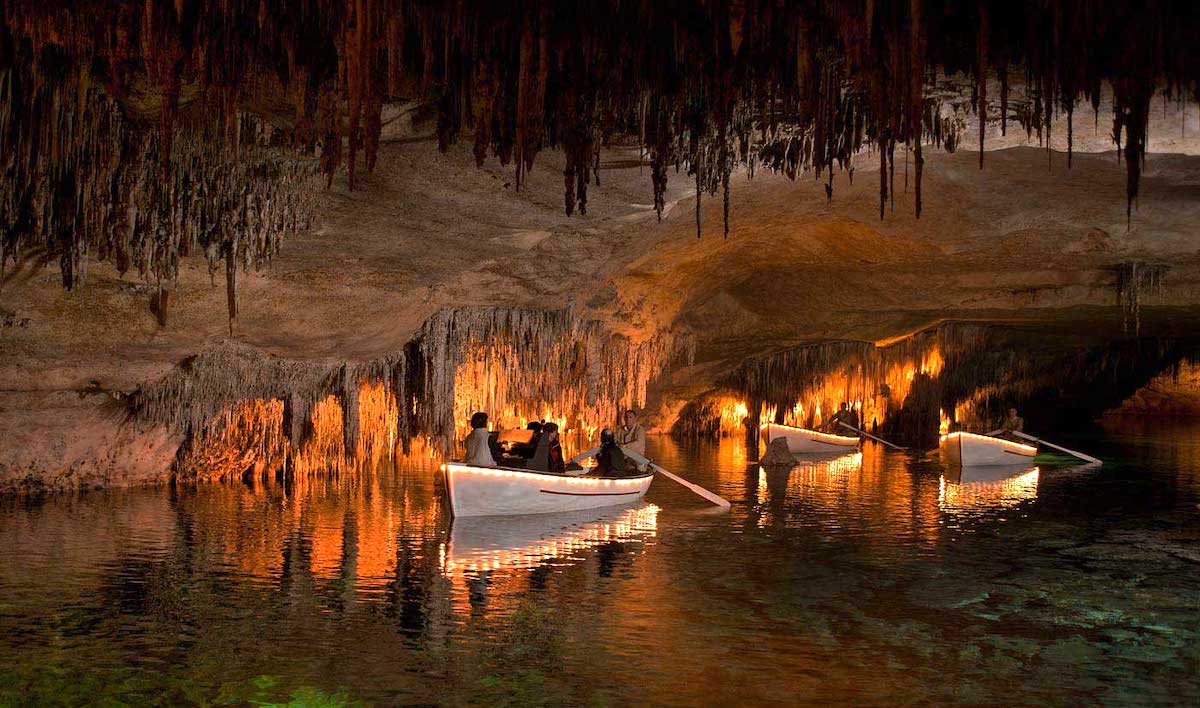
Book with us! We collaborate with the best guides in the city to offer the best services at the best price.
Private excursion Cuevas del Drach & Rafa Nadal
The Drach Caves were already known during the Middle Ages, and were explored in 1880 by M.F. Will and in 1896 by E.A. Martel, who discovered the cave where the lake that bears his name is located.

Book with us! We collaborate with the best guides in the city to offer the best services at the best price.
Private tour Palma experience
On our route we will discover the extensive monumental heritage of the historic centre of Palma. Among its picturesque streets are some of the most important Gothic buildings on the island. One of them is the Lonja de Palma, a 15th-century masterpiece whose exterior architecture offers numerous clues to the city's commercial past.
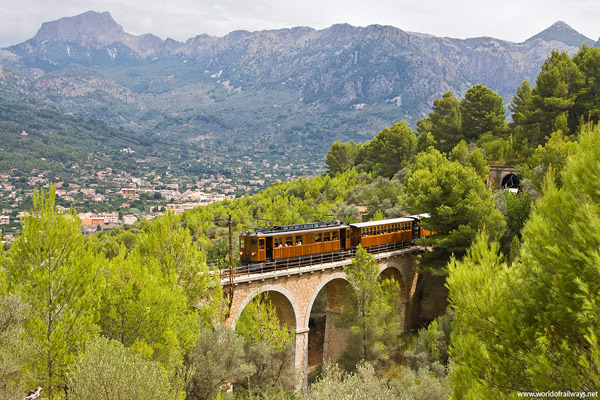
Book with us! We collaborate with the best guides in the city to offer the best services at the best price.
Private excursion to Soller by train and tram
On this excursion we will enjoy one of the best experiences you can have on the island of Mallorca. We will travel on the Soller train, a train with more than 100 years of history that remains intact and retains all the charm of yesteryear, we will travel through part of the Tramuntana mountain range through its forests and some tunnels on a bucolic journey to the village of Sòller.
Best things to do and see in Mallorca?
Find out what to do in Palma with our guides at English. Know our tours: Cathedral of Palma de Mallorca Tour with Tickets



